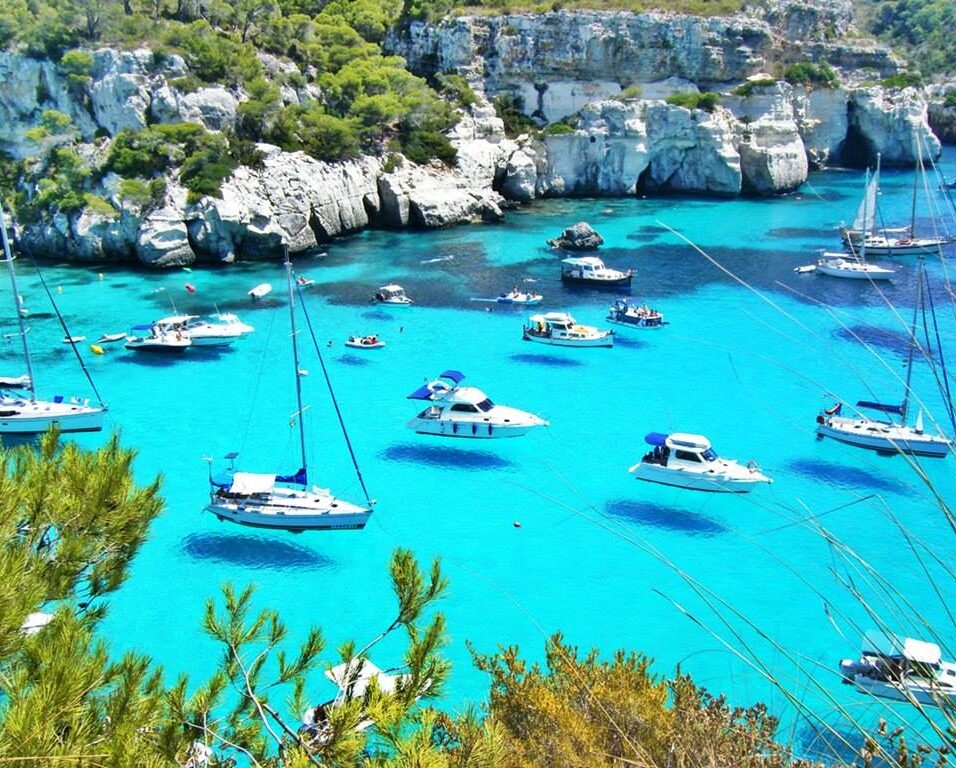Gangotri Temple
Gangotri Temple is a Char Dham temple in Dev Bhoomi, Uttarakhand, India, visited by thousands of pilgrims annually. Gangotri temple, the abode of Goddess Ganga, is located on the banks of the Bhagirathi River, 19 kilometers from the Gangotri glacier. Gangotri Glacier is the source of the sacred river Ganga.
The Gangotri temple, which is snow-white, is located 3,048 meters above sea level in Uttarkashi district and houses an idol of Goddess Ganga as well as other deities. The holy pilgrimage of Gangotri has a spiritual environment that draws sages and other pilgrims for meditative purposes.
Gangotri is the second of four sacred pilgrimages along Uttarakhand’s traditional pilgrim route. Pilgrims first visit Yamunotri, then Gangotri, Kedarnath, and finally Badrinath.
Do you want to visit Char Dham? Char Dham Travel Agent is the best place to plan your Char Dham tour. You can book the tour from here.
Gorkha commander Amar Singh Thapa established the Gangotri temple, which is dedicated to the goddess Ganga, in the 18th century. Shraddha is performed by Hindu pilgrims at Gangotri Glacier’s Gaumukh or on the grounds of the Gangotri Temple. Shraddha is the last rite for deceased ancestors. Gaumukh, the snout of the Gangotri glacier in the shape of a cow’s mouth, is typically covered by religious tourists performing shraddha and pooja. Travelers are captivated by the surrounding beauty: tall snow-capped Himalayan peaks, massive Gangotri glacier, mesmerizing Bhagirathi river, and pleasing Gangotri temple all bless visitors. The spectacular beauty of Gangotri cannot be described in words; it must be experienced firsthand.
Haridwar serves as the gateway to CharDham. There are numerous tour providers in Haridwar, Dehradun, Rishikesh, and other Indian cities that offer packages for the chhota Char Dham yatra. It is strongly advised to consult tour operators rather than visiting Char Dham on one’s own due to the dangers involved.
The Legendary History of Gangotri
The legend of the Gangotri temple revolves around Goddess Ganga coming to earth to swipe the ashes of King Bhagirath’s ancestors. In ancient times, King Sagar, the grandfather of King Bhagirath, performed the Ashwamedh Yagya. The horse for the yagya was to be taken char dham yatra tour operators around the world before performing the pooja. Indra Devta, the king of heaven/paradise, was threatened by King Sagar’s strength and respect on earth after performing the Ashwamedh Yagya, so he ordered his army to remove the horse from the stable and place it far away. Indra’s army followed the instructions and tied the horse to a tree near Sage Kapil. Sage Kapil was deep in meditation. When it came time for the horse to be moved from the stable and taken around the earth, King Sagar and his family became tense. King Sagar directed his thousand sons to go get the horse from wherever it was. Sagar’s sons discovered the horse tied beside Sage Kapila and began destroying Kapil’s house in fury. Sage Kapila, realizing the incident in his meditation, opened his eyes, and all thousand sons of King Sagar turned to ashes in an instant.
Would you like to visit Indiar? A tour operator in India is the best place to plan your tour. You can book a tour from here.
When King Bhagiratha realized his father and uncles’ tragic deaths, he decided to perform the last rites. He went to Sage Kapila and asked for forgiveness and how he could exercise his last rights. Sage Kapila advised Bhagiratha to invoke Goddess Ganga char dham yatra to sweep away the ashes. Bhagiratha meditated, and Ganga appeared and agreed to come down to earth to collect the ashes of King Bhagiratha’s deceased ancestors. Ganga asked Lord Shiva to reduce her force when she came to earth. Lord Shiva accepted and sat down, holding the powerful water streams in his hair locks. River Ganga came to fulfill King Bhagirath’s wishes, dividing into 12 tributaries and resting on Lord Shiva’s hair locks. The Gangotri temple was built with devotion to the river goddess Ganga.
Gangotri temple is located at a high altitude, where snow covers the Himalayan peaks and the temple, as well as ice blocks in the holy Ganga River. The Char Dham temples are open for worship between May and October. The best time to visit Gangotri is between May and October, avoiding the monsoon season from July to September. Devotees and tourists should wear heavy sweaters on their trek to Gangotri.
How to reach Gangotri
To begin their tour of the Gangotri temple, tourists must first travel to Haridwar or Rishikesh. If one wishes to trek to Gangotri alone among the four Chhota Char Dham pilgrimages, hiring a jeep from Haridwar is a good idea. The route connects Rishikesh, Narendranagar, Chamba, Uttarkashi, Taknaur Range, and Gangotri temple.
Would you like to visit Haridwar? Travel agents in Haridwar are the best place to plan your trip. You can book your tour right here.
By air: Jolly Grant Airport. Dehradun is the nearest airport. 278 kilometers from Taknaur Range, the final destination of the motorable road to Gangotri Temple, 34.2 kilometers from Haridwar, and 20.9 kilometers from Rishikesh.
By rail: Haridwar railway station is 287 kilometers from the Taknaur Range of Gangotri, the last motorable road to the Gangotri temple, and only travel agents in haridwar 1 kilometer from the main Haridwar city, where buses, jeeps, and cars are available for Gangotri tours. Haridwar Railway Station is well-connected to the rest of India.
By road: Haridwar is well connected to the rest of Uttarakhand and most of India via the road network.
Places near Gangotri
Submerged Shivlingam: A Shivalingam can be seen near the Gangotri temple in the Bhagirathi river during the early winter months when the water level drops and snow has not yet fallen. It is believed that the Shivalingam is where Goddess Ganga fell to remove the ashes of King Bhagirath’s ancestors. Lord Shiva, who holds Ganga in his hair, has transformed into Shivalingam and is blessing the pilgrims.





